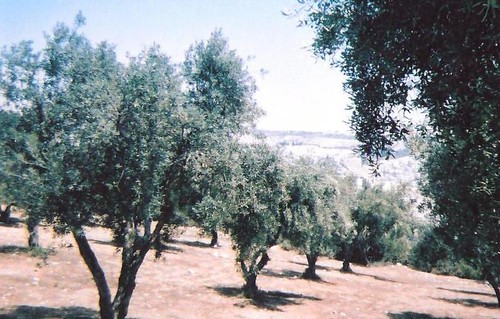 “You Shall Make Tassles on the Corners of your garments” (Deuteronomy 22:12)
“You Shall Make Tassles on the Corners of your garments” (Deuteronomy 22:12)
Twice this week I was asked by a traveller on one of my tours what the funny Tassels (one of which is pictured above) was for.
Its something that I forget when guiding is that some of the basic facts about Judaism are also interesting to someone visiting Israel for the first time.
The Commandment to Wear Tsitsit
Twice in the Bible (the source above and Numbers / Bamidbar 15:37 -41) the Jewish people are commanded to put tassels on the corner of their garments. In the instance in the book of Badmidbar / Numbers the Jewish people are told to wear distinctive blue tassels made out of a die found in the blood of a certain snail. The Rabbis interpreted that this commandment was only applicable for men and only during the day.
What’s the Reason?
According to the section in Badmidbar / Numbers the reason that Jews wear such tassels is to be constantly reminded about the commandments and not come to err.
Being a Moral Agent in one’s personal Deeds
The next verse is the start of a law concerning marital impropriety. The juxtaposition of these two concepts teaches that one could think that one wears Tsitsit in public so a person can be easily recognised as a religious Jew and then forced to behave in a proper manner due to social pressure. This time teaches that when only the individual himself can see his Tsitsit he is forced to act in a proper manner due to the meaning he himself places on these tassels.








